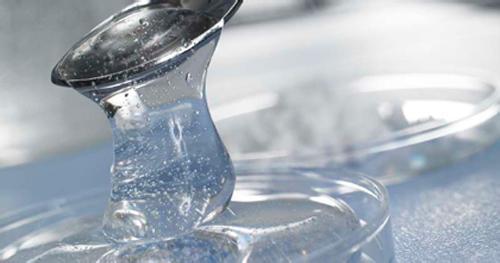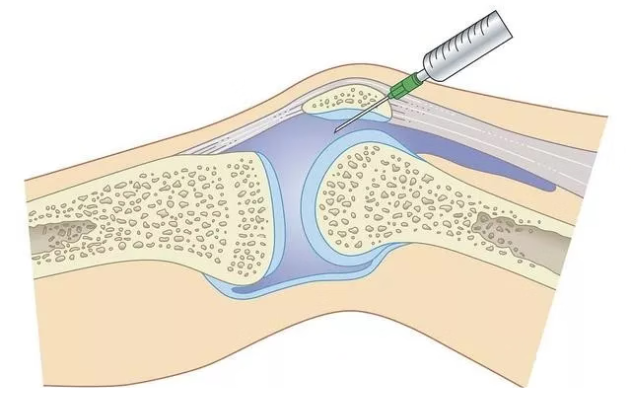
I. Formation of Arthritis and the Loss of Hyaluronic Acid
1.1 Basic Mechanisms of Arthritis
Arthritis is a disease that affects the joint cartilage and surrounding structures, leading to joint pain, stiffness, and limited functionality. The knee joint, being one of the largest joints in the human body, bears a significant amount of pressure during daily activities and is prone to degenerative changes due to various factors such as age, trauma, and genetics.
1.2 Role of Hyaluronic Acid in Joints
Hyaluronic Acid (HA) is one of the main components in joint fluid and has the following key functions:
- Lubrication: HA reduces friction between joint surfaces, facilitating smooth joint movement.
- Shock Absorption: HA absorbs and disperses externally applied pressure on the joint, protecting the joint cartilage from damage.
- Promotion of Repair: HA supports the growth and repair of cartilage cells, maintaining joint health.
1.3 Loss of Hyaluronic Acid and Its Effects
As arthritis progresses, the content and quality of hyaluronic acid within the joint gradually decline, leading to insufficient joint lubrication, increased friction and wear, and the promotion of inflammatory responses. This process not only exacerbates joint pain but also further damages the joint structure, creating a vicious cycle.
II. Mechanism of Action of Hyaluronic Acid Injections
Hyaluronic Acid injections, also known as Viscosupplementation, aim to restore the normal function of joint fluid by directly injecting high concentrations of hyaluronic acid into the joint cavity.

2.1 Restoring Joint Lubrication
The injected hyaluronic acid can quickly replenish the HA content in the joint fluid, restoring its lubricating and shock-absorbing functions, reducing friction between joint surfaces, and enhancing the comfort and flexibility of joint movement.
2.2 Anti-Inflammatory Effects
Hyaluronic acid possesses certain anti-inflammatory properties, capable of inhibiting the release of pro-inflammatory cytokines, reducing inflammatory responses within the joint, thereby alleviating pain and swelling.
2.3 Promoting Cartilage Repair
HA injections help stimulate the proliferation and synthesis of cartilage cells, enhancing the regenerative capacity of cartilage and delaying the progression of degenerative changes in the joint.
2.4 Improving Joint Structure
Long-term HA injections can improve the overall environment within the joint, promote the repair and regeneration of cartilage, and maintain the integrity of the joint structure.
III. Benefits of Hyaluronic Acid Injections
Hyaluronic acid injections, as a non-surgical treatment method, have their unique benefits.
3.1 Targeted Therapy with Lasting Effects
Compared to oral medications or Non-Steroidal Anti-Inflammatory Drugs (NSAIDs), HA injections can directly act on the inside of the joint, providing sustained therapeutic effects that typically last for several months, reducing the need for frequent medication by patients.
3.2 Higher Safety
HA injections are considered a relatively safe treatment method with fewer side effects. In contrast, long-term use of NSAIDs may be associated with gastrointestinal, renal, and other systemic side effects.
3.3 Delaying Surgery and Improving Quality of Life
For patients with moderate to severe knee osteoarthritis, HA injections can significantly relieve pain and improve joint function, thereby delaying the necessity for surgeries such as joint replacement and enhancing the quality of life for patients.
3.4 Wide Range of Applicability
HA injections are suitable for various types of arthritis patients, especially those who respond poorly to conventional treatments or are not suitable for surgical interventions.
3.5 Can Be Combined with Other Treatments
HA injections can be used in combination with comprehensive treatment methods such as physical therapy and weight management, further enhancing therapeutic effects and promoting joint health.
Conclusion
Hyaluronic acid injection, as an effective non-surgical treatment method, exhibits significant advantages in alleviating knee joint inflammation, improving joint function, and delaying disease progression. Through mechanisms such as restoring joint lubrication, anti-inflammatory effects, and promoting cartilage repair, it provides multiple therapeutic benefits. Stanford Chemicals Company is a professional supplier of sodium hyaluronate powder, offering large, medium, and low molecular weight sodium hyaluronate powders.
Note: This article is for reference only. Specific treatment plans should be developed under the guidance of professional medical personnel. If you have joint pain or other health issues, please consult a doctor promptly.
